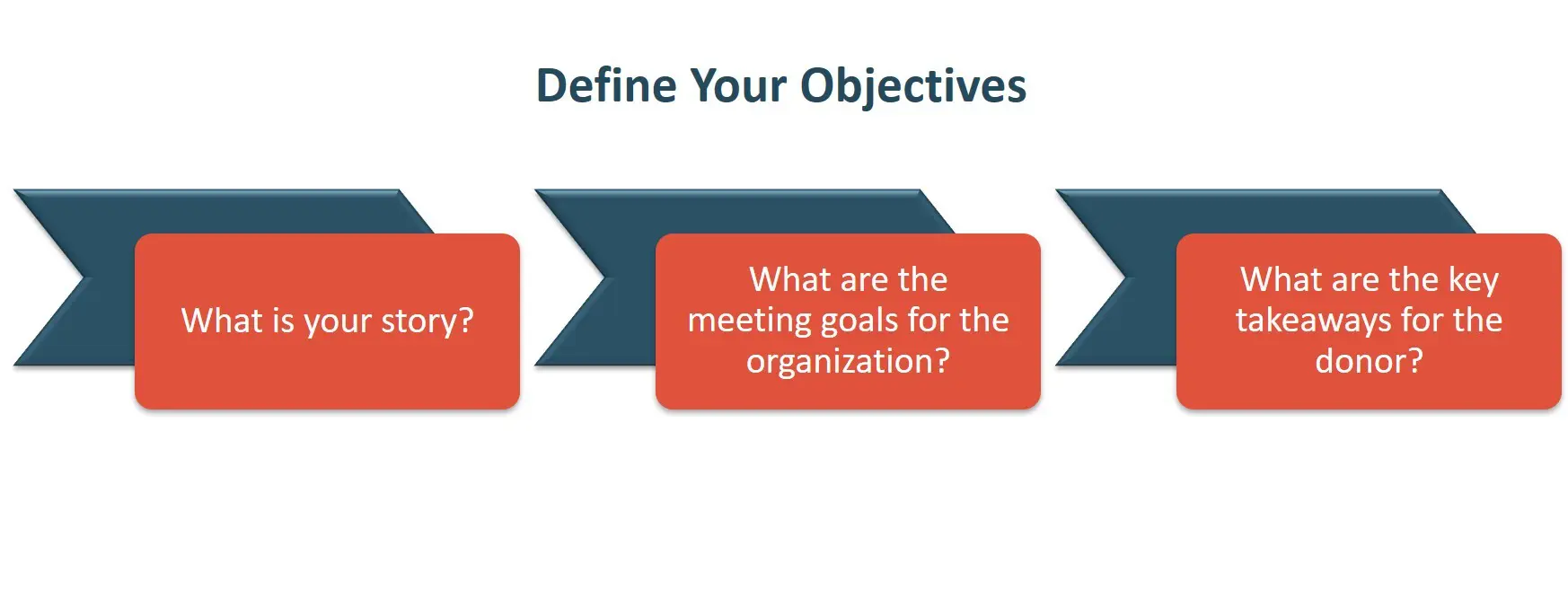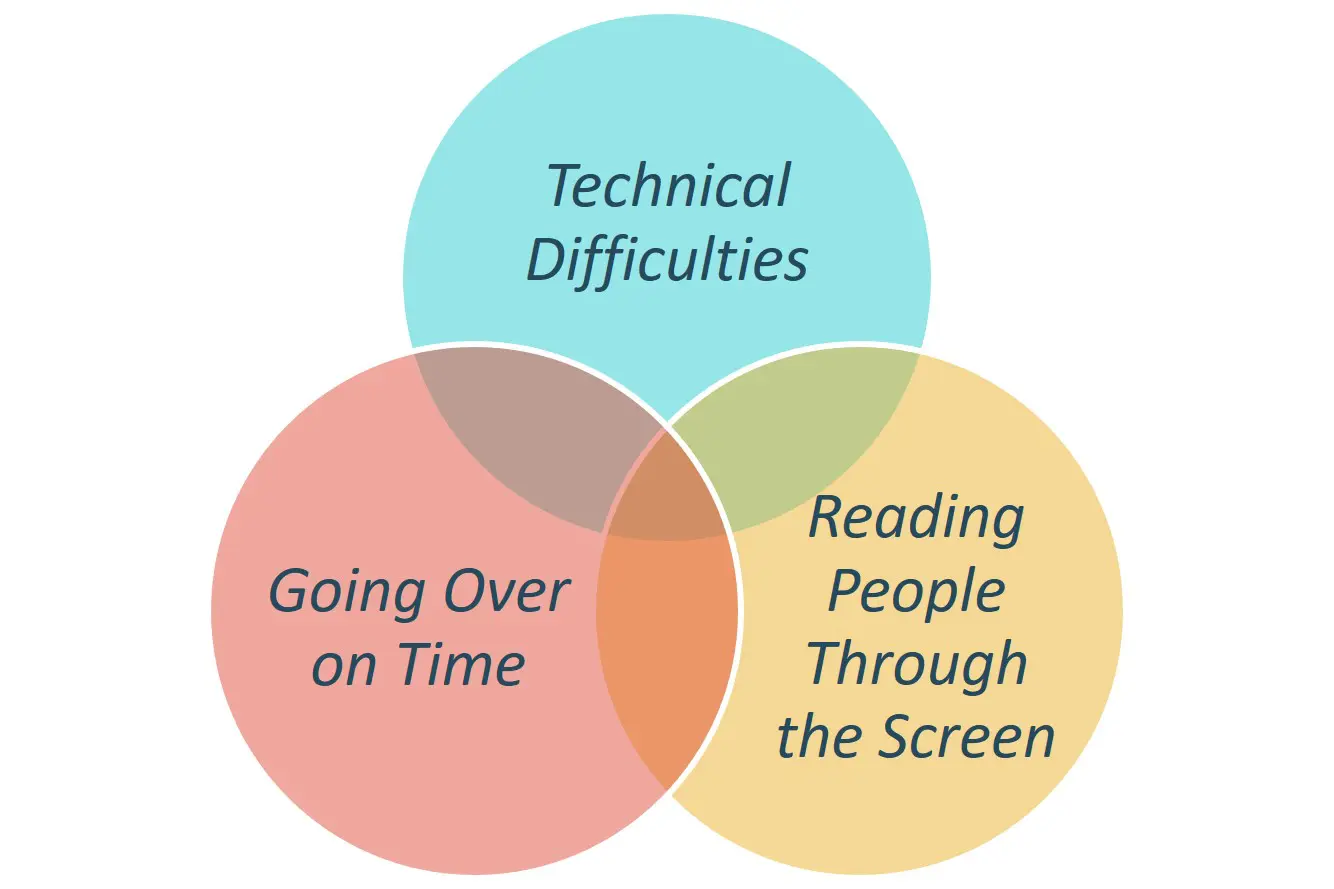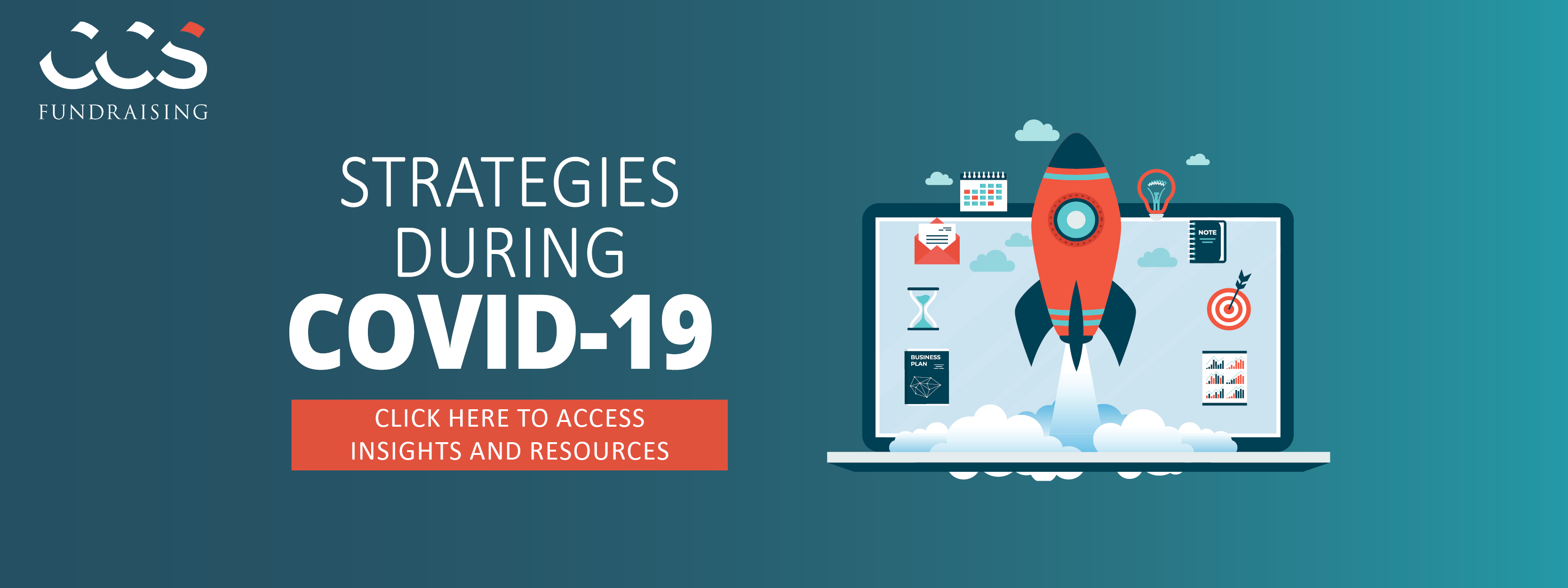As COVID-19 presents challenges to fundraising activity, we are all the while uncovering new opportunities to exercise creativity in continuing to meet our transformational goals.
This post is devoted to one possible solution: a virtual tour of your organization during a video meeting with a donor. While, of course, nothing compares with the live experience of your programs or services, there are simple and elegant ways of conveying your organization’s story, delivering mission moments, and setting the stage for your case for support all on an online platform. The following is intended to help you consider how a virtual tour might be useful to your donors, how to create one that captures your unique mission and vision, and what key considerations to keep in mind.
What is a Virtual Tour?
An in-person tour allows you to show the donor exactly where you are and where you’re headed. By allowing them to feel the mission and experience your organization firsthand, you are able to create a deep connection between the donor and your institution. They are often key components of cultivation, briefing, and request conversations. So how do you replicate these highly effective meetings during this crisis or when a donor isn’t able to meet you in person?
In this online landscape, consider a highly visual 20-minute slide deck summary on your organization that brings the mission to life, articulates key program areas, and sets the stage for upcoming funding opportunities to unlock the greatest impact. The tour should be engaging, informative, and should inspire the donor to visit in person when it is safe to do so. As you invite donors to participate in virtual meetings, set expectations and share what will be included during your time together.
 When putting together a virtual tour, consider the following:
When putting together a virtual tour, consider the following:
Process
With the key objectives established, begin preparing your virtual tour with your team. This could be a strategic set of photographs, quotes, organizational stats, or some combination that are visually compelling and contain concise but powerful pieces of information. Keep the following in mind as you get to work:
- Consider the “user journey.” Replicating your in-person tour begins with thinking about how the tour typically begins and ends. Where do you take them throughout the tour? Do you have visuals each step of the way? Consider piecing together a storyboard for how this journey can be translated to the online audience. Build the slide deck around your story, keeping key transitions in mind. For example, are there key points you always hope to cover in the opening minutes of your tour? Include them in your opening slide.
- Show don’t tell. Work with your team to gather all the best pieces you have on hand from your stockpile of images, infographics, testimonials, and renderings. Consider how you can show your story with the greatest impact for your donor. When possible, use high-resolution images for maximum effect. If you don’t have images for a certain moment, look into using stock imagery.
- Design for the format. Consider how long you’d like to spend on each slide and prepare the visuals and information to be easily digestible in that time. Remember that your deck will be seen through a computer screen so craft your slides in widescreen format.
- Consider the prospective donor. What does your donor already know about the organization? How will your presentation build on that knowledge? Which aspects of the mission have they responded to previously? Are there updates or programs that should be prominently highlighted?
- Plot your narrative. What must be established about the organization yesterday and today before launching into your vision for tomorrow? How do you plan to navigate those transitions? Prepare speaking notes to accompany your presentation that add to—rather than reiterate—what is shown on screen.
- Maintain participant energy. Develop guiding questions to pose throughout the visit that will engage your donors in conversation, gain their insights, and better understand their interests.
- Test and adjust. Share with the donor that this is a new format. Invite their feedback and suggestions to strengthen the experience. Throughout the meeting, make note of instances where adjustments can be made in advance of the next meeting.
Challenges to Overcome

- Technical difficulties. Always have a backup plan and additional platforms to use should you experience any issues. Be sure to run through the slides and practice sharing your screen with internal participants well in advance and adjust as necessary. Avoid sharing video files unless you know they will present well to your external audience on your platform of choice. See our recent post on video conferencing for donor meetings for more tips and tricks to keep things running smoothly.
- Reading people through the screen. Make sure to allow time for feedback. Call on participants by name to keep the conversation going and do your best to prevent people from speaking over one another.
- Going over on time. Add less to the agenda than you typically would so that any unforeseen technical difficulties do not detract from the critical content. For time purposes, get the donors up to speed before the meeting begins by preparing a clear agenda and notes in advance, and encourage speakers to keep them handy and open on their screens.
Follow-up
In addition to your case for support or other key materials, send the virtual tour to the donor following your meeting for their reference or as a stand-alone piece to share with any decision makers who were unable to join you online. When it is safe to do so, invite the donor to visit in person to build on the virtual tour and to complete their experience of your organization.
Beyond this specific moment, a virtual tour deck could be used to engage far-flung alumni, prospective donors with limited mobility, and snowbirds whose availability to meet is so often seasonal. A thoughtful and well-designed virtual tour is a wonderful tool to have in your fundraiser toolbox during these days of global pandemic and certainly beyond.
CCS Fundraising is a strategic fundraising consulting firm that partners with nonprofits for transformational change. Members of the CCS team are highly experienced and knowledgeable across sectors, disciplines, and regions. With offices throughout the United States and the world, our unique, customized approach provides each client with an embedded team member for the duration of the engagement. To access our full suite of perspectives, publications, and reports, visit our insights page. To learn more about CCS Fundraising’s suite of services, click here.
